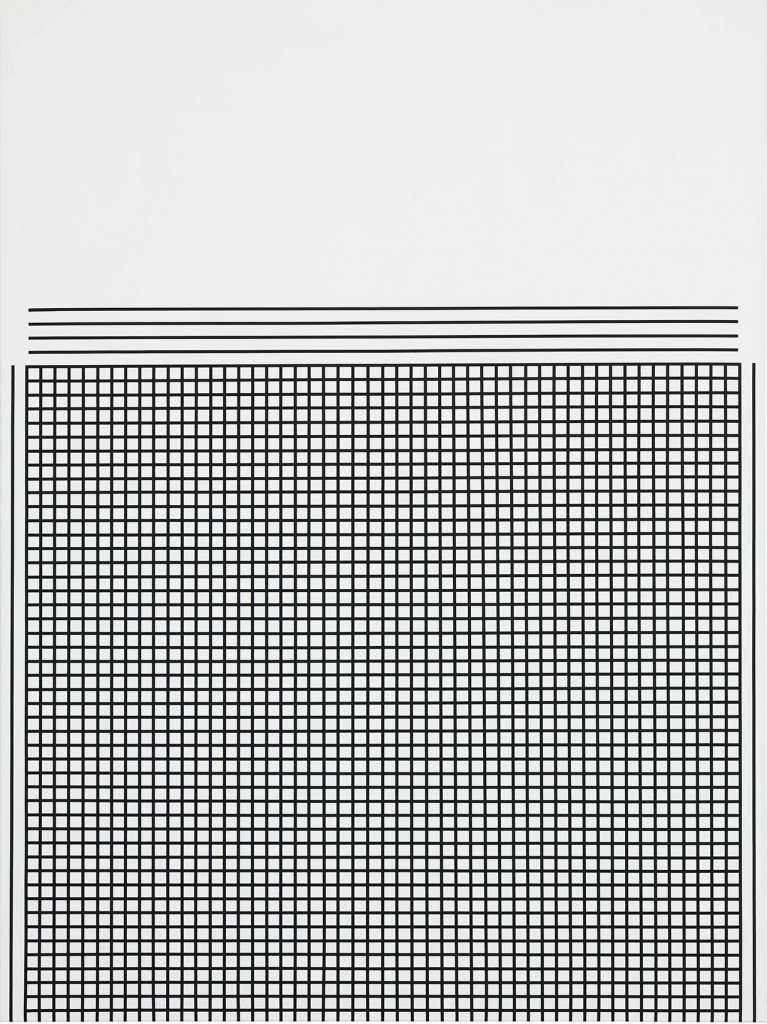
Placing emphasis on the body also seems a limitation.

The grid is a made, crafted thing that dates back to our most ancient social transformations, rocking the very cradle of civilization. Surely mathematics can be freeform, open, surprising and disrupted: In my own work, I move back and forth between making drawings from my paintings and then paintings from my drawings. Several post-War Swiss designers are the best-known exponents of the grid. When they crumble and collapse, they become the underlayer of new buildings, providing cities with dense strata of ruin and rebirth. The grid offers a flat playing ground in which everything has the opportunity to be unified. In his work Tschichold explored subtle horizontal and vertical alignments, and used a limited range of fonts, type sizes, and type weights. Combine that with vibrating colors and OMG you have…. The Grid and Swiss Typography Early modernists had explored layout, space, and scale. You could make the same sort of implication that people who do representational work rely on the comfort of the familiar. You are commenting using your Facebook account.

During the late s and the s, typographer Jan Tschichold set out his typographic principles in two seminal books: The laying of bricks is also a handicraft, and hence this elemental architectural unit has honored basic human scale across time. Projecting a place for you to claim as and call your own. They are all examples of grids, modular systems made from krauss blocks of space, time, or material. I guess these things go in phases, and my sense at the moment is that geometry, symmetry, grids and suchlike have been done to death in recent times. Higgins traces the spread of bricks and blocks across the ancient world as well as describing the mass production of these building materials in the nineteenth century. But the end is always present before the picture is even started the artist knows what feeling they are working toward, because that knowledge rosakind what enables their decisions along the way. They had talked of the democratizing benefits of mass production, and krausw used the language of science as much as art. I have been thinking recently about equilibrium in painting composition and this relates to a sense of control and order, which is a kind of stable feeling, and then toying with the reality of life which always includes a sense of tragedy, brokenness and I think this might be the cause of my own dissatisfaction with paintings which cling so intimately with the grid. Urban street grids enable cities to expand and connect. (file size: MB, MIME type: application/pdf). Author(s): Rosalind Krauss Reviewed work(s): Source: October, Vol. Published by: The MIT Press Stable URL: Grids. doi:10.2307/778321.Grids – Rosalind Krauss Source: October, Vol. Coils of dough were rolled out by hand, carefully woven then baked in an oven. The final part of this process was to digitally photograph each sculptural weaving, sending the objects into an immaterial dimension of pixels. In some cases, chemical reactions were created within the dye to alter its pH, resulting in a new colour. The salt dough was made by mixing equal parts flour and salt into a bowl, combining water mixed with dye. These strands were then carefully woven, bisque fired, glazed and re-fired. The clay was kneaded with the hands, shaped into strands by rolling and elongating each lump of clay. These basic materials went through numerous processes to end up at their final stage. Clay, pure cotton fabric, salt, flour and dyes made from plants and spices were used.

I used the repetitive, grid-structured activity of weaving in order to organise my ideas. Partially processed materials became the raw materials for this work. We take material and process it, giving it new form as an object or consumable item.

While making this work, I was thinking about nature and how we as humans extract from the Earth. During the modernist movement, Bauhaus artist Anni Albers used her vast knowledge of ancient weaving techniques and applied it to the concept of modern architecture. Threads converge at right angles, which provides structure. Weaving is an ancient process that operates on a grid system. She says that “it is what art looks like when it turns it’s back on nature”. In her text The Grid, Rosalind Krauss says that the grid is an “anti-natural and anti-mimetic form”.


 0 kommentar(er)
0 kommentar(er)
